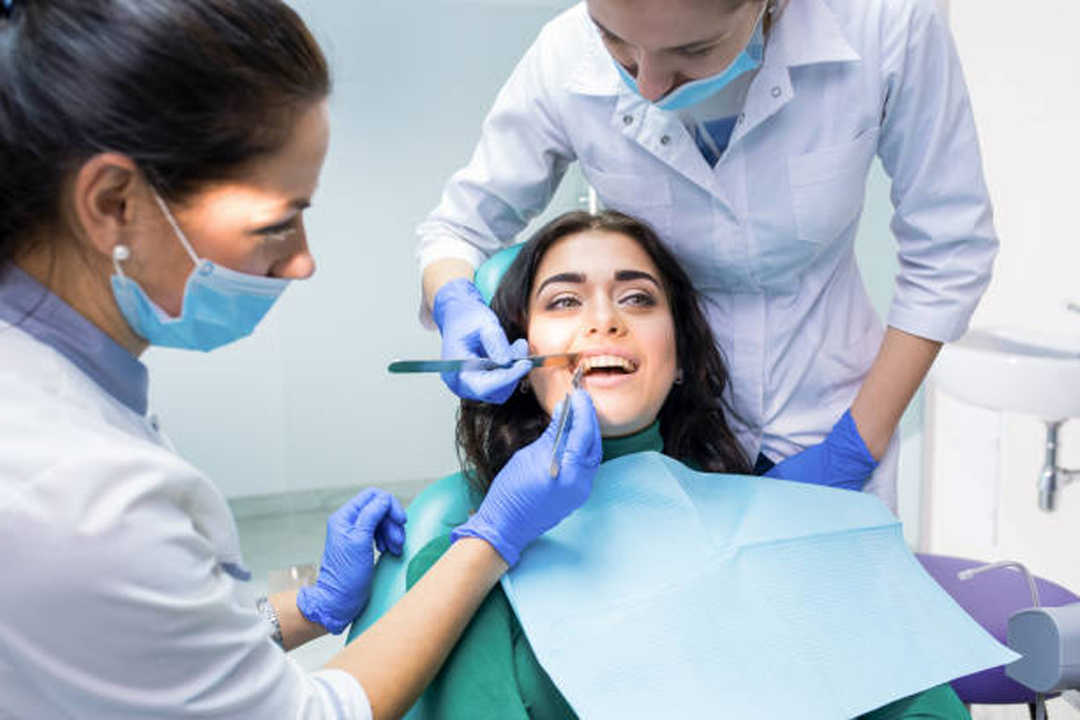
The best dental journey is a beautiful story of medical and technical progress. There were no specific treatments to care for teeth in ancient times. In our modern environment, we have many medical facilities that are helpful to us. It is vital to have our teeth checked, particularly our teeth. As technology advances, dental treatments are becoming more sophisticated, reflecting our overall and oral health. Let us tell you about dentistry’s history.
The history of dentistry is a story of innovation and adaptation. In the beginning, many misconceptions about dentistry needed to be rectified in people’s heads. Modern technology has eliminated all of these errors. With the aid of X-rays, dental diseases can now be diagnosed. Dental treatment has become much simpler with the help of these new technologies. Every person should have a dental checkup. It can help prevent many dental problems. Our teeth can be protected in many ways.
What is the Importance of Early Dental Care:
Every person should undergo an exam for dental health at the earliest opportunity. Visit your dentist regularly to keep your smile beautiful and healthy for the rest of your life. Through this, you will learn about the chronic illnesses associated with your dental. With dental diagnoses, you will discover a wealth of new research. If your health and oral hygiene are in good shape and you have a healthy smile, it will reflect your entire body’s health.
This will show your health and well-being. Alongside dental treatments and brushing, cleaning your teeth every two to three days to safeguard them at home is recommended. To avoid gum problems, pay attention to your food choices and drinks, particularly those high in vitamins A and C. Smoking cigarettes can be very damaging to gums and teeth. Cigarettes are the primary cause of cancer. Keep clear of cigarettes.
See a dentist for a thorough cleaning and safeguard your teeth. If you develop an illness related to your teeth, the dentist can determine and manage the cause.
Dental X-Rays:
Dental X-rays, also known as radiographs, allow doctors to see the internal diseases of teeth. This technology can be used to X-ray the entire human body and trace bones. Dentists use it to diagnose internal tooth diseases, such as infections in the teeth, bones, and jaws. The machine uses the latest developments to display images of the teeth for observation.
Anesthesia in Dentistry:
In the world today across the globe, 10 to 30 percent of the population is affected by oral and dental problems. This is making the disease increasingly alarming. In the event of delays in treatment, it could result in additional complications.
When we think of anesthesia in the first place, this was developed just one hundred and seventy-five years ago. The first time this medicine was utilized was for the first time in 1846. Anesthesia in dental procedures is the most efficient method by which the patient gets his teeth cleaned without discomfort. Anesthesia can be relaxing and uncomfortable for patients. In this instance, doctors will give an exact quantity of anaesthetic.
Dental Materials Revolution:
The development of dental materials has been significant over the past century. The invention of innovative products, mainly when they are introduced in a short time, is awe-inspiring, and the introduction to their use has been a tense and emotional experience.
This movement has come a long way in improved esthetics, with the gradual relief of composite teeth identified with dental compound and each essence and domesticated-to-essence circular restorations with dental appliances, all Made possible by modern technology. Advancements in Dental Hardening Materials This article covers the evolution of dental-related applications that The Journal of Dental Research has published over a century.
While most of the equipment used within the field has changed this way, this article focuses on various areas such as dental composites, dental mix and light curing dental bonds and ceramics, cement, and new forms of functional accessories.
Laser Dentistry:
Laser dentistry refers to the utilization of lasers to perform various dental procedures. It was introduced into clinical dentistry in 1989 to treat systems that included dental tissue. Laser dentistry is a more suitable treatment option for a variety of dental procedures, which include tissues that are delicate or challenging exercises, contraindications to exercise, and other devices that are not laser-based.
Laser is “enhanced light by dynamic emission of radiation.” This device creates light energy inside a solid and well-defined pillar. The laser light reacts when it comes into contact with the tissue, which allows it to alter or reshape it. Lasers can make dental work more efficient, financially sound, and acceptable. The Food and Drug Organization (FDA) has approved laser dentistry for treating some dental issues.
It is vital to note that the American Dental Affiliation (ADA) continues to work on this; however, they are optimistic about the potential of this field.
Cosmetic Dentistry:
Cosmetic dentistry centers are working to improve the look and feel of your smile. Standard corrective techniques for dental work include braces, teeth whitening, and veneers. A holistic dentist is a vital provider of dental care. They offer preventive services such as dental cleanings and dental support such as crowns, fillings, and extensions.
The majority of dental procedures restore appearance, as well as the health and vitality of your mouth. In any instance, a restorative dental practitioner is available to enhance your smile. They provide medications aimed at improving the appearance of your gums and teeth.
Conclusion:
From medicine to the present day, the development of dentistry is a fascinating story. Consider the early teeth that were designed for today’s most advanced treatments. Dental X-rays and sedation are essential for accurate analysis and acceptable systems. Laser dentistry and advanced dental materials are examples of the commitment to dental advancements.
Corrective dentistry improves oral health by adding craftsmanship. The advancements in dentistry have improved smiles and the general health of people. This ensures the ultimate fate of developing verbal consideration and working on it.
Comments
comments